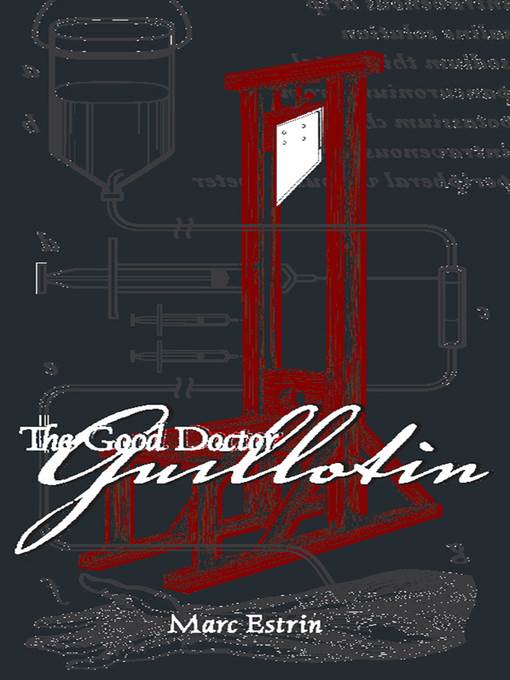
The Good Doctor Guillotin
کتاب های مرتبط
- اطلاعات
- نقد و بررسی
- دیدگاه کاربران
نقد و بررسی

July 13, 2009
Using a hybrid of fiction and political commentary, Estrin recounts the events leading up to the construction of France's first guillotine in this heavy-handed and slow-moving book. The story centers on a doctor, Guillotin, a member of the 1780s National Assembly, who argues for a more humane method of execution. Other important players are Nicolas Jacques Pelletier, the first man to lose his head to the new device; Tobias Schmidt, the piano maker who built the new “painless device”; Charles-Henri Sanson, an executioner; and Pierre-René Grevier, Pelletier's spiritual adviser. Mozart, the Marquis de Sade and, of course, Louis XVI make appearances, with the latter suggesting a modification to the very blade that would end his life only a short time later. Though Estrin evokes revolutionary and pre-revolutionary France, and Dr. Guillotin becomes real through his political tirades, the other characters remain static. Most troublesome, though, is Estrin's intrusion into the narrative to deliver his case against the death penalty (it reads like something from a freshman civics class). The project, overall, has potential, but the execution is botched.

September 15, 2009
Delivering a polemic against capital punishment, Estrin ("Insect Dreams") follows five characters, each of whom plays a major role in the first execution by guillotine in Paris in 1792. They include Pelletier, the victim; Sanson, the executioner; Schmidt, the machine's builder; and Father Grenier, Pelletier's spiritual counselor. But the principal protagonist is Doctor Guillotin, whose advocacy of a more merciful method of execution led to the guillotine's development. Though these characters are based on real people, Guillotin is the only genuinely compelling and three-dimensional one hereperhaps because he is one of the few about whom much is known, given his extensive writings. The use of an omniscient third-person narrator allows Estrin to include chapters reflecting on the execution's significance and the issue of capital punishment today. These sections are generally preachy and not particularly enlightening. VERDICT The portrayal of Guillotin is this novel's principal strength. Admirers of Estrin's novels and readers of literary fiction who aren't put off by the author's strident opposition to capital punishment may enjoy.Douglas Southard, CRA International, Boston
Copyright 2009 Library Journal, LLC Used with permission.

























دیدگاه کاربران